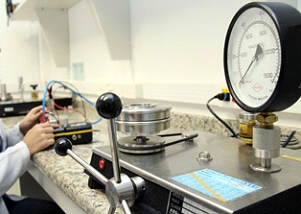Mobile Force Measuring System (Push Pull Gauge)
It is basically a handheld instrument that contains a load cell, electronic part, software and display. For measurement of force during a push or pull test. It is also called as push pull gauge or force gauge. There are two kinds of force gauges i.e. mechanical and digital type.
Torque
Torque is the vector product of tangential force and length applied about a known centre of rotation.
Torque Measuring Device
A system comprising of an Electrical, Mechanical, Hydraulic or Optical Torque Transducers with associated instrumentation including the automated logging of data when part of the device Instrumentation can be a electronic instrument, a mechanical device is a scale and pointer system or a bourdon tube instrument.
Torque Generating Device
A device used to generate torque to a desired torque value. Typically this includes Torque wrenches, Torque screw drivers, Torque multipliers, Pneumatic or Electrical screw drivers, impulse or impact torque tools or wrench.
Rubber Hardness Tester
The Shore durometer is a device for measuring the hardness of a material, typically of polymers, elastomers, and rubbers.
Higher numbers on the scale indicate a greater resistance to indentation and thus harder materials. Lower numbers indicate less resistance and softer materials.

